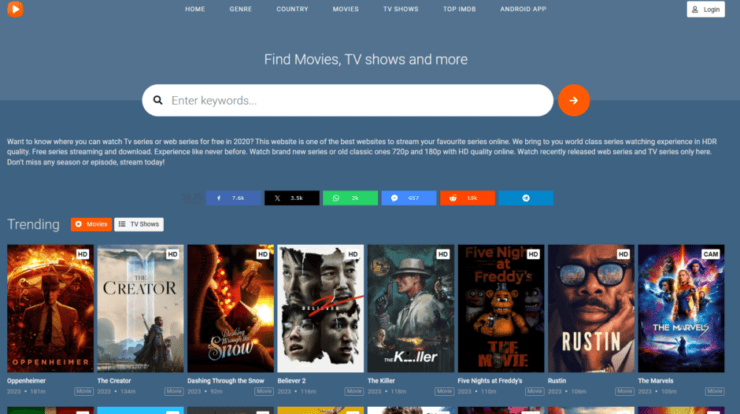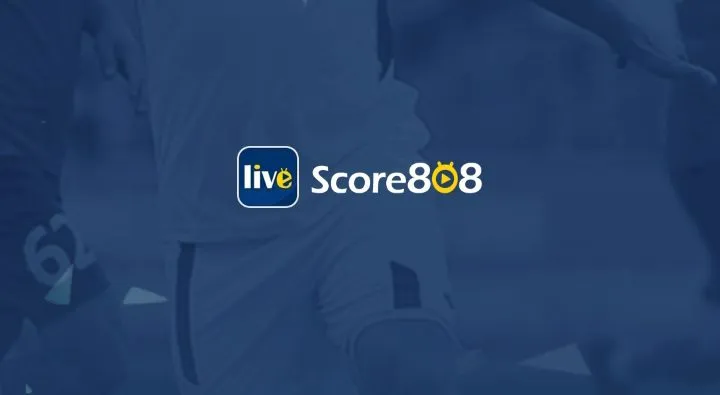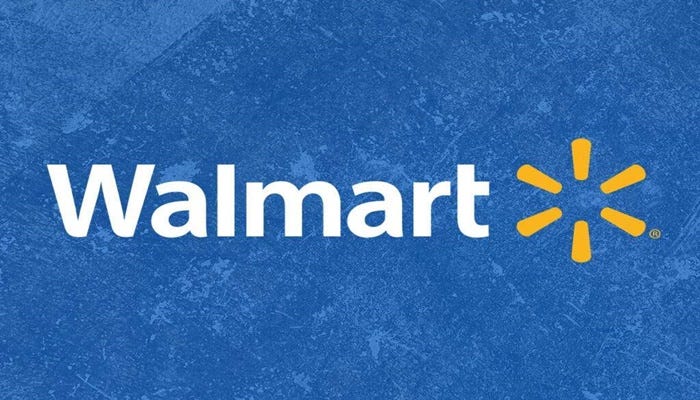
IoT deployments can only operate when they are connected to a network, and this is why IoT connectivity remains the most important discussion in the IoT field, and choosing the right IoT connectivity solution for specific IoT deployments can often be the biggest challenge.
IoT connectivity technologies essentially provide the communication capabilities required by IoT devices and sensors to receive, gather, send, and exchange information over the internet, while also allowing these IoT devices to stay connected so they can be remotely monitored and controlled.
Here, we will discuss different IoT connectivity technologies available today, their differences, and help you choose the right choice for your IoT deployment.
Why Are There Various IoT Connectivity Solutions?
Why do we have so many IoT connectivity options available at the moment? The simplest answer is because we don’t have the perfect connectivity solution yet.
A truly ideal IoT connectivity solution is one that has low energy consumption, high bandwidth/data rate, and a wide area coverage as possible. At the moment, such technology doesn’t exist.
Thus, when discussing IoT connectivity, we always discuss three key technical requirements:
- Coverage area
Simple IoT deployments like a smart home might only need to cover a relatively small area, but large-scale IoT deployments might require extensive coverage and even international coverage between two or more different locations.
Cellular connectivity (4G or now 5G), is an example of a connectivity solution with a wide coverage area, while solutions like Wi-Fi or Bluetooth only cover a relatively small coverage area.
- Energy efficiency
In an IoT deployment, the energy efficiency of a connectivity solution can have a very important impact, since many IoT devices rely on battery power.
Cellular connectivity is (in)famous for its high power consumption, but there are low-power technologies like NB-IoT (Narrowband IoT) which is essentially cellular connectivity with lower energy consumption which sacrifices the signaling protocol.
- Bandwidth
Bandwidth requirements in IoT deployments may vary from very small to very big. IoT devices sending video transmissions, for example, may require a big bandwidth above 10 Mbps. However, a smart thermostat may only need a few hundreds of bps per second.
Wi-Fi and cellular networks offer really high bandwidth, but they either consume more energy or have a shorter coverage area. On the other hand, LPWAN solutions can operate at a lower energy consumption rate while sacrificing bandwidth.
Different IoT Connectivity Solutions
Here, we will discuss the different IoT connectivity options while examining their advantages and disadvantages based on the three technical requirements above.
1. Cellular Connectivity
Type: high energy consumption, high bandwidth, wide coverage area
The key advantage of using cellular connectivity is its widest coverage area, and you can technically connect two devices located in two different countries via cellular connectivity. Truphone’s IoT data plan, for example, offers coverage in 100+ different countries, so you can technically expand your IoT system to a global scale.
Cellular connectivity with 4G LTE (and 5G recently) also offers very high bandwidth capacity. However, its main downside is its high power consumption.
Ideal for: bandwidth-intensive IoT applications, mobile IoT devices, global IoT deployments
2. Wi-Fi
Type: high energy consumption, high bandwidth, low coverage area
Wi-Fi offers a very high bandwidth capacity but consumes a lot of energy (although not as high as cellular connectivity) and has a very limited coverage area.
Ideal for: data-intensive IoT applications that don’t require a wide coverage area (i.e. smart home, schools/universities, etc.)
3. Bluetooth LE
Type: low energy consumption (for Bluetooth LE), high bandwidth, low coverage area
Bluetooth has relatively low bandwidth capacity and a very short coverage range, but with the new Bluetooth Low Energy (LE) technology, it consumes very little power. This is why Bluetooth LE is best suited for IoT use cases that transmit low data in short-range deployments, like in a smart home.
Ideal for: smart home, wearables, personal IoT devices
4. Mesh Technologies
Type: low power consumption, low bandwidth, high coverage area
ZigBee and Z-Wave are two popular examples of mesh connectivity technologies. They work by creating interconnected nodes between IoT devices/sensors to transfer data. This mesh configuration can improve coverage range and power consumption, but it can only transfer relatively small data packets.
Ideal for: smart home applications, smart lighting, HVAC systems, etc.
5. LPWAN
Type: low power consumption, low bandwidth, high coverage area
Stands for Low Power, Wide Area Network, LPWAN is an umbrella term used to describe IoT connectivity technologies that allow connectivity over large distances of 0.3 miles or above while using low power consumption. There are licensed LPWAN technologies like NB-IoT, LTE-M, and EC-GSM, many of them are modifications of cellular connectivity, and there are also unlicensed options like LoRa and SigFox.
Many of these LPWAN technologies are still in the relatively early stages of development, but are rapidly advancing and might be the future of IoT connectivity very soon.
Ideal for: large-scale IoT deployments that don’t require a high bandwidth
End Words
As discussed, at the moment a perfect IoT connectivity solution doesn’t exist yet, however, cellular connectivity remains the most versatile option at the moment, especially for large IoT deployments that also require a high data rate/bandwidth.
Choosing the right IoT connectivity option for your business is not rocket science, but it does require a certain level of understanding of the three technical requirements (power consumption, bandwidth, coverage area) of your specific IoT project. By considering your project’s needs and its future scaling and development plan, making the right choice for your IoT connectivity option would become much easier.


